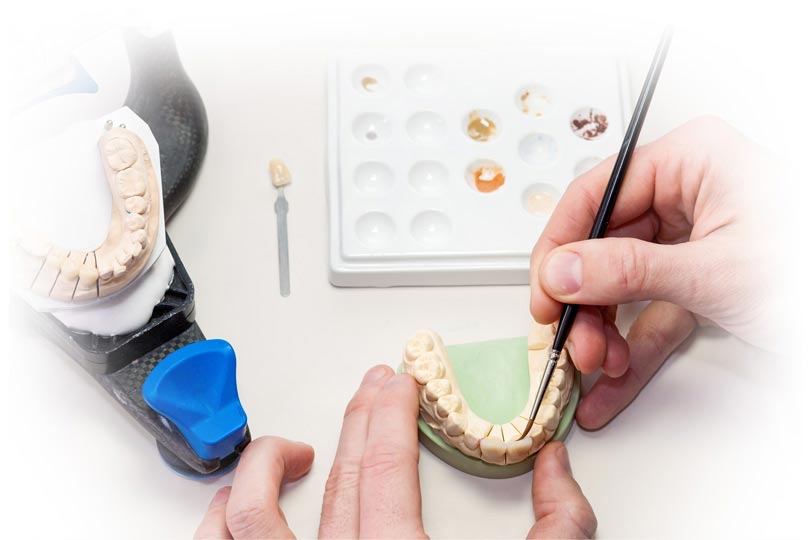Discovering Your Smile Potential – Advanced Dental Services for a Confident You
A confident smile is a powerful tool that can transform your life in numerous ways. It radiates self-assuredness, enhances your overall appearance, and positively impacts your personal and professional relationships. However, achieving your full smile potential often requires more than just regular dental check-ups and basic hygiene. Advanced dental services are the key to unlocking a confident you. Advanced dental services encompass a wide range of specialized treatments and procedures designed to address not only oral health but also the aesthetics and functionality of your smile. These services go beyond routine cleanings and fillings, and they can help you achieve the smile you have always dreamed of. Here’s a closer look at some of the advanced dental services that can unleash your smile potential:

Cosmetic Dentistry – Cosmetic dentistry is a branch of advanced dental services dedicated to improving the appearance of your smile. Whether you are dealing with stained, misaligned, chipped, or missing teeth, cosmetic dentistry offers solutions. Procedures like teeth whitening, dental veneers, dental bonding, and orthodontics can transform your smile into one you are proud to show off.
Dental Implants – Missing teeth can be a significant source of insecurity. Dental implants provide a long-lasting solution that looks and feels like natural teeth. This advanced dental service involves surgically placing a titanium implant into the jawbone and topping it with a lifelike crown. With dental implants, you can regain your confidence and enjoy the full functionality of your teeth and book with us.
Orthodontics – Straight teeth not only contribute to a beautiful smile but also impact your overall oral health. Orthodontic treatments such as braces and clear aligners can align your teeth properly, correct bite issues, and boost your self-esteem. A straight, well-aligned smile is easier to clean and maintain, reducing the risk of dental problems in the long run.
Gum Reshaping – Excessive gum tissue or an uneven gum line can make your teeth appear small or misshapen. Gum reshaping, also known as gum contouring or crown lengthening, is an advanced dental service that sculpts your gums to reveal more of your teeth. This can create a more balanced and aesthetically pleasing smile.
Full Mouth Reconstruction – For those with complex dental issues, a full mouth reconstruction can be a transformative solution. This comprehensive approach involves a combination of various advanced dental services, tailored to address your unique needs. Whether you have extensive decay, damaged teeth, or multiple missing teeth, a full mouth reconstruction can restore both your oral health and the appearance of your smile.
Invisalign – Invisalign is a modern alternative to traditional braces, using a series of clear, removable aligners to straighten your teeth discreetly. This advanced orthodontic treatment is ideal for adults and teenagers who want to enhance their smiles without the visibility and discomfort of traditional braces.
Teeth Whitening – A bright, white smile is a symbol of health and vitality. Teeth whitening treatments, whether in-office or at-home, can effectively remove stains and discoloration, giving you a radiant smile that boosts your confidence.
Porcelain Crowns and Bridges – Damaged or missing teeth can be restored with porcelain crowns and bridges. These custom-made, tooth-colored restorations look natural and provide both functional and cosmetic benefits, ensuring your smile remains whole and beautiful.
